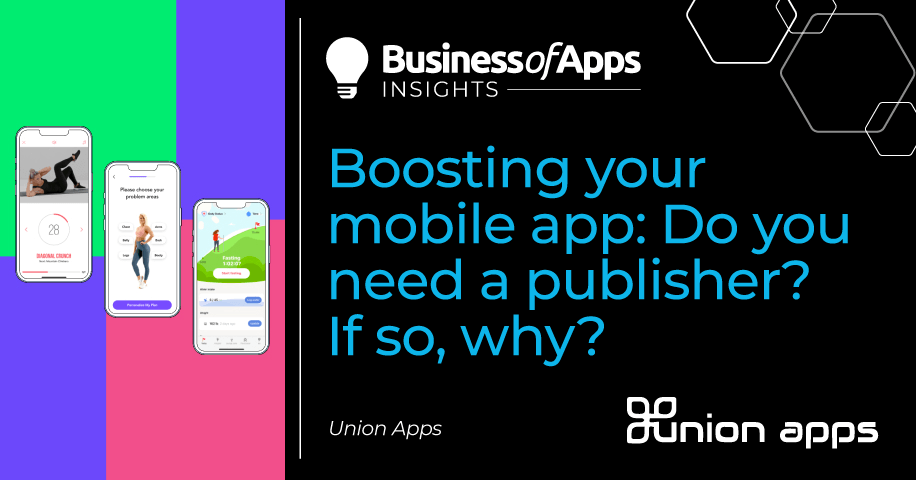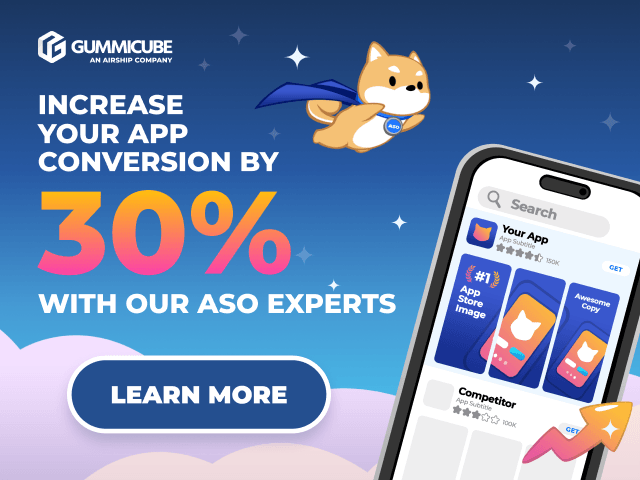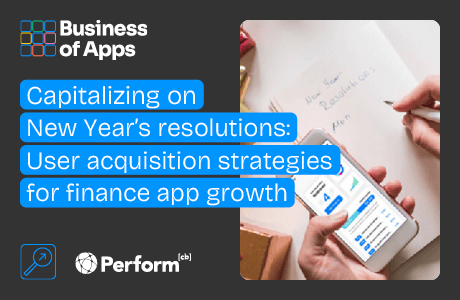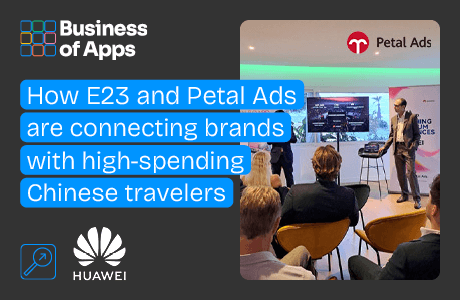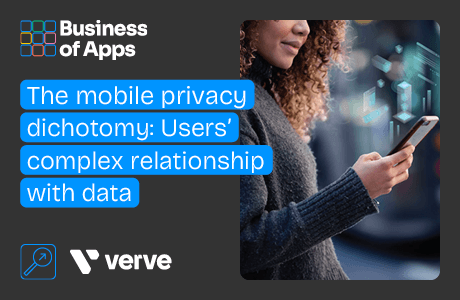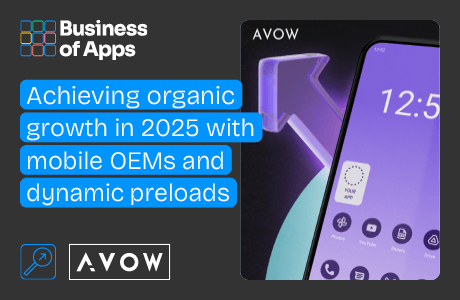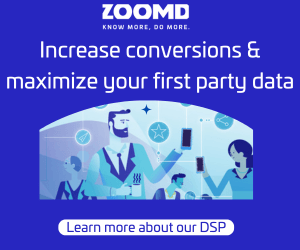“Why?” is the main objection to the statement “you need to start working with a mobile publisher”. It’s time to reveal the truth. In this article, the mobile non-gaming publisher Union Apps uncovers how a mobile app publisher may be useful to your project at different stages of operation and how you can make the most out of your app by working with one.
The benefits of working with a publisher at different stages of your product growth
Your app is at the development stage
If your app hasn’t even passed the soft launch stage yet but already has its prototype, the help of a publisher will surely not be excessive. At this stage, the publisher will:
- Give you money for the development and revision of your project before it is published globally
- Share the main funnel retention benchmarks with you
- Consult you on the current app trends in your category
If your publisher sees huge potential in your product, they may even acquire a part of your development company at the pre-soft launch stage. Since there is a lot of money to be spent on the project, it’s easier to not just invest in the project, but in the entire team right away. Usually, publishers acquire 10-40% of the company’s assets, but the optimal percentage is no more than 20%. In this case, your dev team still has power in the decision-making and you don’t risk losing interest in your product. You could use this money for your product development and the support of your team. This should be enough for 8-12 months.
App development stage
Source: Union Apps
Your app went through the soft launch stage and even started to earn little by little on organic traffic, but hasn’t profited yet
What the publisher can help you with here:
- Initial marketing audit
The publisher will give you recommendations on how exactly to improve your app. They will advise you on increasing your user lifetime value (LTV) and speeding up the payback period. They will also analyze your marketing funnel and confirm how ready your app is for scaling. Additionally, they will help you to create a product strategy and roadmap with user research and a data-driven approach.
- User acquisition testing
There will not be high volumes of paid traffic — yet. However, this amount of traffic will be enough for the publisher to test creative hypotheses for you, try out different traffic sources, and conduct some analysis of the launched ad campaigns. Moreover, in some cases, they build predictive models based on your user acquisition campaigns to define your paid user LTV.
- Product growth strategies invention
Your product already has some aspects to analyze and determine growth points. Mostly, it is something to do with marketing and paid UA. Therefore, the publisher analyzes it properly and invents several growth strategies specifically for your app that will drive your conversions.
Soft launch
Source: Union Apps
You have made a hard launch and already earn on your app
A hard launch stage is the stage of the publishing process in its traditional understanding. This is when a publisher makes improvements (but not ultimate changes) to your product and finds your shortcut to millions of dollars in revenue.
Normally, at this stage, you and your publisher have already tested the waters of figuring out how to work together and managed to get on well. As a full-service provider, a publisher gets inside the development team and grows the product with the developer.
Having started working with a publisher at this stage, the app founders can continue to develop their product conceptually while all the technical routine falls on the publisher’s shoulders. Your app starts to grow dramatically thanks to the publisher’s marketing, ASO, and influencer marketing teams. The publisher also entirely takes over all the marketing processes and the invention of unique product hypotheses for your app. Moreover, they implement their vision and increase user activations along with user retention, so you no longer have to worry about your marketing funnel.
If your app already actively works all over the globe but still does not make sufficient money, then your publisher will be happy to conduct a product audit for you and give you recommendations on how to increase your LTV.
Apart from all of this, the publisher also invests funds in your project for you to keep working freely until reaching the revenue and to recoup their investment many times over.
Hard launch
Source: Union Apps
How much and when exactly will your app earn with a publisher
The question that interests every developer is — “When and how much will I earn from this cooperation?” As always, there is no template, as each case is unique. But on average, you will start earning in 3-12 months, whereas alone, without a publisher, you will achieve such results in 2-6 years.
As for the amounts that the publisher will help you earn, we are talking about seven-digit numbers in dollars. This revenue would guarantee you could pay your team salaries and constantly improve the app. How much exactly you earn depends on the experience and capabilities of your publisher.
The publisher has already taken its lumps and gained an understanding of where and how to develop the product to earn loads of money. This significantly reduces the number of developer errors and unreasonable marketing spending. The publisher understands when and how much to invest in advertising, how to raise marketing metrics at different stages of the project’s life cycle, and which traffic sources are the best for one project or the other.
And remember, your profit is fully dependent on how much you spend on marketing. If you don’t have spare money for marketing and only manage to make ends meet, then this is where your publisher can help you out by giving you money for ad campaigns. But there is a trick you always have to keep in mind: the more you spend now, the later you’ll make a profit.
For example, you have been running user acquisition campaigns by your in-house marketing team, spending $1,000 monthly. The plan is as follows: you acquire paying users with the cost of a monthly app subscription. That is, CPA = $10 and Subscription = $10. This is a risk-free strategy, but it isn’t likely to help you reach a sufficient profit. The money earned wouldn’t even be enough to support your team.
You realize that you want to start making money on your app, and not just maintain its existence. Here comes the publisher. The publishing team calculates that users live in your app for approximately 3 years and their average LTV is over $100. This means you can safely acquire a user for $60, and earn around $40 on him but with a delayed effect.
Growing your app with a publisher
Source: Union Apps
This means that you will earn your first profit from one user after about 7 months: in 6 months the user will be paid off, and in the seventh, you will earn your first $10. And here we aren’t even speaking about the monthly scaling up that your publisher provides you.
Feel the capacity? Typically, dev studios rarely come to such conclusions on their own. They simply don’t have enough expertise in paid user acquisition and an extra budget that can be carelessly spent on advertising without expecting profit this very second.
Summing up
It’s really hard to be successful when you run a mobile subscription-based app. If you succeed, it sometimes may take years. The publisher will make your springboard to cash flow shorter and steeper, whereas your work will become much less hard and “painful”.
There is a huge number of mobile publishers working solely with games. However, there’s a world of difference with non-gaming publishers. There are only a few publishers across the globe that deal with non-gaming applications, one of which is Union Apps. If you are looking for ways to monetize and scale up your subscription-based app, just reach out to us.



